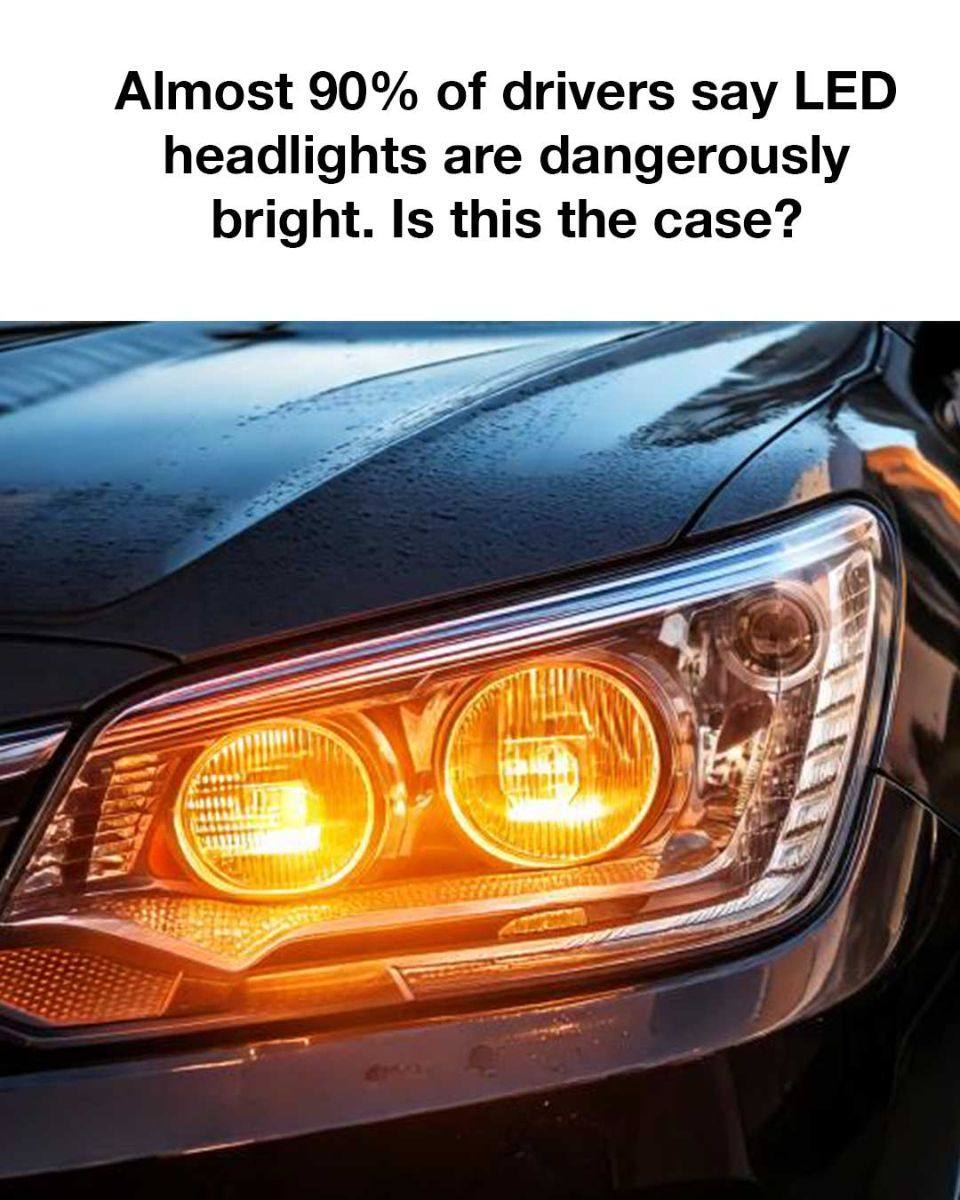ADVERTISEMENT
In recent years, the automotive industry has seen a significant shift towards the use of LED headlights, praised for their energy efficiency and longevity. However, this transition has sparked a heated debate among drivers, with nearly 90% expressing concerns that these lights are dangerously bright. This article explores whether these concerns are justified and what can be done to address them.
Understanding LED Headlight Technology
LED (Light Emitting Diode) technology works by passing an electrical current through a semiconductor, which then emits light. Unlike traditional halogen bulbs, LEDs produce light more efficiently and with less heat. This efficiency allows for brighter illumination, which improves visibility but can also be perceived as glaring by oncoming traffic.
The Rise of LED Headlights in Modern Vehicles
LED headlights have become increasingly popular in modern vehicles due to their numerous advantages over traditional lighting systems. They offer better energy efficiency, longer lifespan, and enhanced design flexibility, allowing manufacturers to create more aesthetically pleasing and aerodynamic vehicle designs. As a result, LEDs are now a standard feature in many new car models.
Drivers’ Concerns: Are LED Headlights Too Bright?
Many drivers report that LED headlights from oncoming vehicles are blinding, causing discomfort and temporary vision impairment. This perception of excessive brightness is often attributed to the higher intensity and cooler color temperature of LEDs compared to halogen lights. The issue is exacerbated by the increasing number of SUVs and trucks on the road, whose higher headlight placement can directly impact drivers in smaller vehicles.
Scientific Analysis of LED Headlight Brightness
Scientific studies have shown that while LED headlights do emit more lumens than halogen bulbs, the perception of brightness is also influenced by factors such as beam pattern and color temperature. LEDs typically produce a whiter light, which can appear harsher to the human eye, especially at night. Proper alignment and beam pattern control are crucial to minimizing glare and ensuring safety.
Comparing LED Headlights to Traditional Halogen Lights
Halogen lights have been the standard for decades, known for their warm, yellowish light. They are generally less intense than LEDs, which makes them less glaring but also less effective in illuminating the road. LEDs, on the other hand, provide a clearer and more focused beam, enhancing visibility but also potentially increasing glare if not properly adjusted.
The Role of Regulations in Headlight Brightness Standards
Regulatory bodies, such as the National Highway Traffic Safety Administration (NHTSA) and the European Union, have established standards for headlight brightness and beam patterns to ensure safety. However, these regulations vary by region and may not fully address the rapid advancements in LED technology. There is ongoing debate about whether current standards are sufficient to mitigate the glare issues associated with LEDs.
Potential Solutions to Address Brightness Concerns
see continuation on next page
